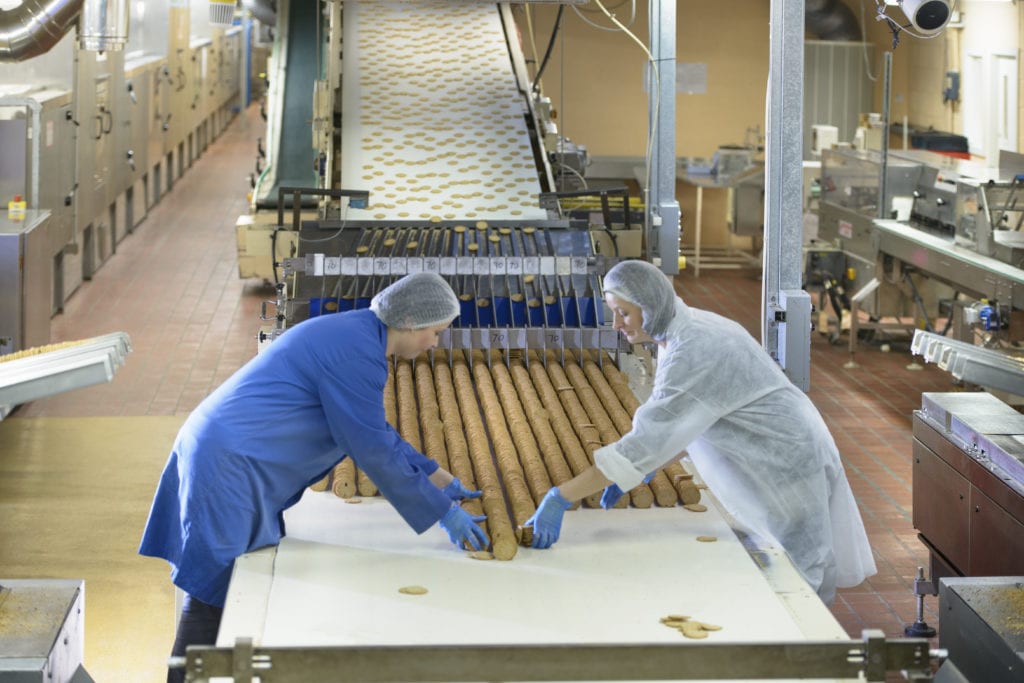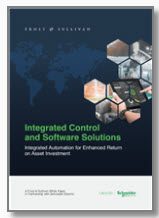 My last blog, “Agile Operations: Is Zero Engineering the Next Era in Industrial Automation?” was about why we’re increasing the level of integration in Schneider Electric’s Modicon and AVEVA solutions. In this post I’ll explore some of the practical ways these integrated solutions are already bringing benefits to Industry.
My last blog, “Agile Operations: Is Zero Engineering the Next Era in Industrial Automation?” was about why we’re increasing the level of integration in Schneider Electric’s Modicon and AVEVA solutions. In this post I’ll explore some of the practical ways these integrated solutions are already bringing benefits to Industry.
To get an idea of what we’re working towards, imagine if setting up a control system was more like your home computer system where devices like printers, scanners, phones, etc., come with their own software and the system automatically detects it and syncs with it.
What would this mean for businesses? With this level of automatic configuration it would be significantly faster and easier both to launch a new plant, system or production line and also to make changes to it later-on in life. For example:
- Faster and simpler commissioning would make it easier for companies to stay competitive and reduce overall risk.
- To introduce a new asset or system when process changes are required would be easier, faster and more accurate. It would be possible respond quickly to market demands or changes in customer requirements.
How integrated solutions are helping automate water networks
Aging infrastructure, the need to reduce OPEX and CAPEX, and fluctuating network demands are some of the more common challenges associated with water networks. Digital tools can help manage them by giving operators more visibility into the system. And with EcoStruxure Control Expert – Asset Link we can put critical business insights into their hands more easily than ever.
EcoStruxure can already natively connect an application down to field devices and take full advantage of digital hydraulic modelling to monitor pressure, flow, quality and other variables across the network. This allow operators in control rooms to easily connect to field devices for a dynamic, real-time view of the network, giving them the ability to predict future network behaviour and service disruptions.
Built-in integration of control and supervisory systems not only makes automating water networks much faster and easier in the first place but also helps implement changes faster and more accurately down the road. For example, if demand calls for another pump to be added to the system, changes to the control and supervisory systems can simply be a matter of drag and drop. Moving forward modern control systems and the digitalization they offer will be within easier reach of the water industry.
What consumer packaged goods segment can expect from this built-in integration
In other applications such as food and beverage our integration solutions support a higher level of flexibility and efficiency within the plant. I talked about this more in a recent blog on plant performance, where I looked back on early assembly lines and how this influenced the colour of Ford cars at the time.
Some think the reason behind Ford’s signature black car was his stubbornness, but really it was part of Henry Ford’s broader plan to keep costs down. It was the cheapest, most durable paint available, especially if acquired in bulk. It also meant that product variance could be minimized, and the production line could be standardized on just one color.
The technology available today means we’re no longer bound by these same standardization constraints. Manufacturers in a range of industries can produce different types of products and still minimize costs. Solutions like batch and recipe management systems for food and beverage manufacturers allow them to use the same production line for many different products while making sure that the machinery and all lines are running at optimal levels.
This is especially important in the present business climate where manufacturers are looking for ways to get more out of existing capital assets with minimum investment. Technology is making it easier to meet changing customer and market demands and make the best use of all that industrial capital tied up in process machinery. Today’s solutions also make it easier to do this while still keeping inventory levels low.
And being able to produce a larger variety of products in response to market demand without stockpiling is a huge competitive advantage.
To learn more about the technology that’s paving the way for this new level of integration, download this free Frost & Sullivan white paper.




